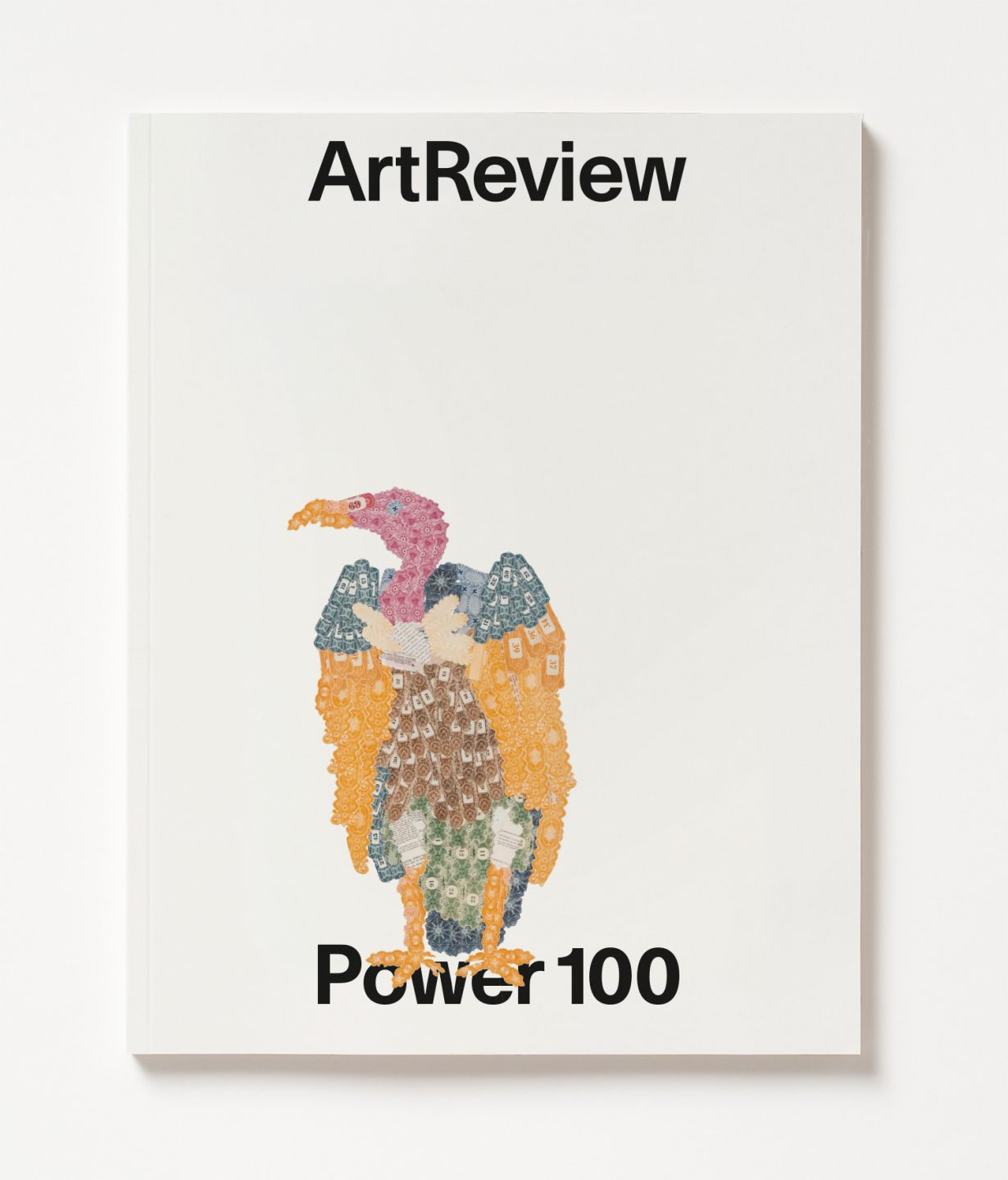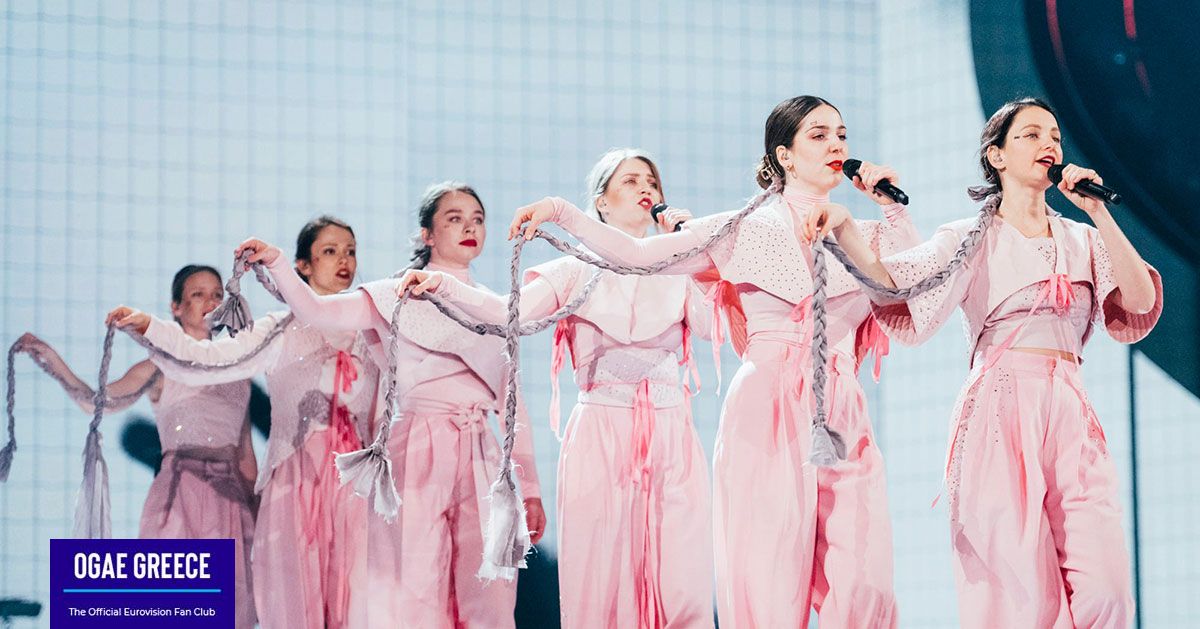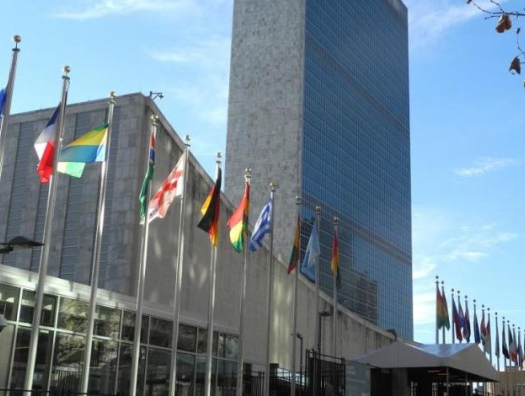Modern Life Reflected: Art Review Of The Global Artworld (1850-1950)

Table of Contents
Realism and the Representation of Everyday Life
Realism emerged as a powerful reaction against the idealized Romanticism that dominated the early 19th century. Artists sought to depict the world as it truly was, focusing on the realities of everyday life, particularly for the working classes. Key figures like Gustave Courbet, with his unflinching portrayals of peasant life in paintings like "The Stone Breakers," and Jean-François Millet, known for his poignant depictions of rural laborers in works such as "The Gleaners," became leading voices of this movement.
- Specific Paintings and Social Commentary: Courbet's "Burial at Ornans" challenged academic conventions by depicting a mundane event with stark realism, while Millet's works highlighted the harsh realities of peasant life and labor.
- Influence of Photography: The invention and proliferation of photography significantly impacted Realism. Photography's ability to capture objective reality influenced artists to strive for greater accuracy and detail in their representations.
- Shift from Idealized Scenes: Realism marked a decisive shift away from idealized landscapes and historical scenes towards depictions of poverty, labor, and the social struggles of the time. This focus on social commentary distinguished Realism from previous artistic styles.
Impressionism and the Capture of Light and Movement
Impressionism, flourishing in late 19th-century France, represented a radical departure from traditional academic art. Artists prioritized capturing fleeting moments and the sensory experience of light and movement. Claude Monet's series paintings of haystacks and water lilies exemplify this focus on the changing effects of light, while Edgar Degas masterfully depicted the dynamism of modern Parisian life in his ballet scenes. Pierre-Auguste Renoir, meanwhile, painted vibrant scenes of leisure and social interaction.
- Use of Color, Light, and Brushstrokes: Impressionist artists employed short, visible brushstrokes and vibrant colors to capture the fleeting impressions of light and atmosphere. Their innovative techniques revolutionized painting.
- Depiction of Modern Parisian Life: Impressionist paintings frequently depicted the bustling streets, cafes, and entertainment venues of Paris, offering a glimpse into the vibrant, rapidly changing urban landscape.
- Impact on Subsequent Art Movements: Impressionism's influence is undeniable. Its emphasis on subjective experience and sensory perception paved the way for many subsequent movements, including Post-Impressionism and beyond.
Post-Impressionism: Exploring Subjectivity and Expression
Post-Impressionism built upon the innovations of Impressionism but moved beyond its purely observational aspects. Artists explored personal expression, symbolism, and subjective interpretations of reality. Vincent van Gogh's intensely emotional and expressive style, characterized by bold colors and swirling brushstrokes, stands in stark contrast to the relative objectivity of Impressionism. Paul Cézanne, through his analytical approach to form and structure, laid the groundwork for Cubism. Paul Gauguin, meanwhile, sought inspiration in non-Western cultures, exploring themes of primitivism and symbolism.
- Van Gogh's Expressive Use of Color and Brushwork: Van Gogh's "Starry Night" and "Sunflowers" are iconic examples of his expressive use of color and impasto technique to convey emotion and inner experience.
- Cézanne's Contribution to Cubism: Cézanne's experiments with perspective and form, as seen in his still lifes and landscapes, deeply influenced the development of Cubism.
- Gauguin's Exploration of Primitivism and Symbolism: Gauguin's paintings, such as "The Vision After the Sermon," are characterized by their symbolic narratives and exploration of non-Western cultures.
The Rise of Modernism: Exploring New Forms and Ideas
The late 19th and early 20th centuries witnessed the rise of numerous Modernist movements. These movements reflected the anxieties and uncertainties of a rapidly changing world, marked by industrialization, war, and technological advancements. Cubism, with its fragmentation of form and perspective pioneered by Pablo Picasso and Georges Braque, challenged traditional notions of representation. Fauvism, with artists like Henri Matisse, embraced bold, non-naturalistic colors to convey emotion. Futurism, championed by artists such as Umberto Boccioni, celebrated the dynamism of modern technology and speed. Expressionism, with its powerful emotional intensity exemplified by Edvard Munch's "The Scream," explored the inner turmoil of the individual.
- Key Artists and Movements: The diversity of Modernism is reflected in the key figures of each movement: Picasso and Braque (Cubism), Matisse (Fauvism), Boccioni (Futurism), and Munch (Expressionism).
- Key Characteristics and Relationship to Modernity: Each movement reflected the specific anxieties and aspirations of the time, responding to the rapid pace of technological advancement and social change.
- Influence of Technological Advancements: The development of new technologies, such as photography and film, significantly impacted Modernist art, influencing its form and subject matter.
Beyond Europe: Global Perspectives in the Artworld (1850-1950)
While much attention is often given to European art movements, it's crucial to acknowledge the rich and diverse artistic expressions that flourished elsewhere during this period. Colonialism and globalization significantly impacted artistic development across the globe, leading to cross-cultural exchange and influences. From the vibrant landscapes of Japanese woodblock prints to the intricate details of Art Deco in Latin America and the powerful narratives of African masks, artistic expressions reflected unique cultural experiences and perspectives.
- Specific Artists and Movements: Researching and highlighting specific artists and movements from Asia, Africa, and Latin America provides a more complete picture of the Global Artworld (1850-1950).
- Cross-Cultural Exchange and Influences: The interaction between different cultures led to a fascinating exchange of artistic ideas and techniques.
- Reflection of Unique Cultural Experiences: Art from these regions offers vital insights into the unique social, political, and cultural contexts of the time.
Reflecting on the Global Artworld (1850-1950)
This review has explored key art movements and styles from the Global Artworld (1850-1950), demonstrating the significant role art played in reflecting the social, political, and technological transformations of this pivotal era. From the realistic depictions of everyday life to the subjective explorations of Post-Impressionism and the radical innovations of Modernism, the dynamism and diversity of artistic expression across the globe are undeniable. The "Global Artworld (1850-1950)" offers a rich tapestry of perspectives, each contributing to our understanding of modernity's complex legacy. We encourage you to delve deeper into this fascinating period. Visit museums such as the Musée d'Orsay in Paris or the Metropolitan Museum of Art in New York, or explore online resources like the Khan Academy and the Google Arts & Culture project to continue your exploration of this transformative period in art history. Continue your journey into the rich and diverse Global Artworld (1850-1950)!

Featured Posts
-
 Voorspelling Passagiersaantallen Maastricht Airport Begin 2025
May 19, 2025
Voorspelling Passagiersaantallen Maastricht Airport Begin 2025
May 19, 2025 -
 Sea World Orlando Explore The Arctic With Expedition Odyssey
May 19, 2025
Sea World Orlando Explore The Arctic With Expedition Odyssey
May 19, 2025 -
 Uber Ceo Kalanick Admits Abandoning Specific Decision Was A Mistake
May 19, 2025
Uber Ceo Kalanick Admits Abandoning Specific Decision Was A Mistake
May 19, 2025 -
 Impugnacion De Correismo Prohibicion De Celulares En La Segunda Vuelta
May 19, 2025
Impugnacion De Correismo Prohibicion De Celulares En La Segunda Vuelta
May 19, 2025 -
 Ufc 313 Controversy Fighter Admits Opponent Won
May 19, 2025
Ufc 313 Controversy Fighter Admits Opponent Won
May 19, 2025
Latest Posts
-
 Armenias Parg Eurovision 2025 Concert Announcement
May 19, 2025
Armenias Parg Eurovision 2025 Concert Announcement
May 19, 2025 -
 Haqqin Az Prodolzhaetsya Diskussiya O Vyvode Turetskikh Voysk S Kipra
May 19, 2025
Haqqin Az Prodolzhaetsya Diskussiya O Vyvode Turetskikh Voysk S Kipra
May 19, 2025 -
 Carsamba Guenue Ledra Pal Da Dijital Veri Tabani Odakli Isguecue Piyasasi Rehberi
May 19, 2025
Carsamba Guenue Ledra Pal Da Dijital Veri Tabani Odakli Isguecue Piyasasi Rehberi
May 19, 2025 -
 Kiprskiy Vopros Turtsiya I Vyvod Voysk Obsuzhdenie Na Haqqin Az
May 19, 2025
Kiprskiy Vopros Turtsiya I Vyvod Voysk Obsuzhdenie Na Haqqin Az
May 19, 2025 -
 Dijital Veri Tabani Ve Isguecue Piyasasi Ledra Pal Daki Carsamba Rehberi
May 19, 2025
Dijital Veri Tabani Ve Isguecue Piyasasi Ledra Pal Daki Carsamba Rehberi
May 19, 2025
